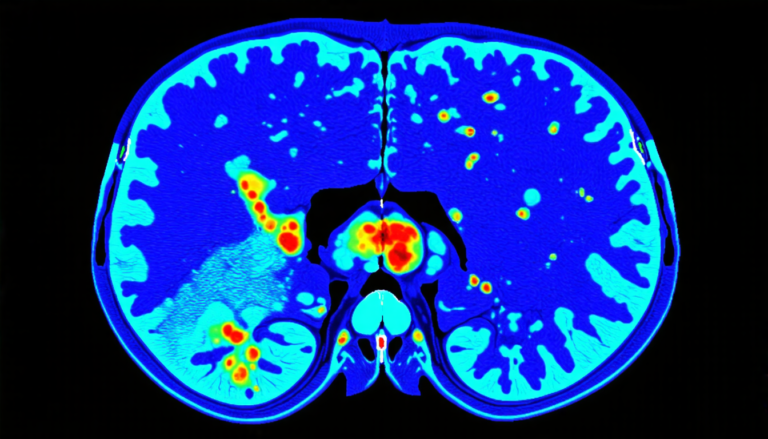Monday 10 March 2025
The quest for efficiency in data storage has led researchers down a new path, one that promises significant gains in compressing vector IDs used in approximate nearest neighbor search algorithms. This breakthrough could have far-reaching implications for applications like image and video retrieval, where processing vast amounts of information is crucial.
At the heart of this innovation lies the compression of identifiers, specifically vector IDs, which are used to index large databases of images or other media items. These IDs are typically stored in RAM, making storage a major limiting factor in scaling up these systems. Lossless compression techniques have been applied extensively to reduce the size of indexes, but until now, little attention has been paid to compressing auxiliary data like vector IDs and links.
The problem is that traditional lossless compression algorithms fail to take advantage of the unique properties of vector IDs, which are essentially unordered sequences of integers. By developing new methods specifically designed for this type of data, researchers have achieved impressive gains in compression ratios.
One approach, known as Elias-Fano coding, encodes the upper and lower bits of each element separately, allowing for a significant reduction in storage requirements. Another method, Zuckerli, builds upon earlier work by partitioning adjacency lists to compress graph-based indices. These innovations have been shown to compress vector IDs by up to a factor of seven, with no impact on search accuracy or runtime.
The implications of this breakthrough are substantial. By reducing the size of indexes, systems can process larger datasets and respond more quickly to user queries. This is particularly important for applications like image and video retrieval, where fast response times are essential.
Moreover, these compression techniques can be used in conjunction with existing lossy compression methods, which embed vectors using techniques like product quantization or wavelet trees. By combining the two approaches, researchers have demonstrated that it’s possible to compress both vector IDs and links losslessly, a feat previously thought impossible.
The development of efficient compression algorithms for vector IDs has far-reaching potential, extending beyond image and video retrieval to other areas where large-scale data processing is crucial. As our reliance on big data continues to grow, innovations like these will play a vital role in unlocking the full potential of these systems.
Cite this article: “Breakthrough in Vector ID Compression Boosts Efficiency in Data Storage and Retrieval”, The Science Archive, 2025.
Data Storage, Compression, Vector Ids, Approximate Nearest Neighbor Search, Image Retrieval, Video Retrieval, Lossless Compression, Elias-Fano Coding, Zuckerli, Big Data







